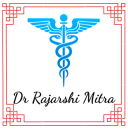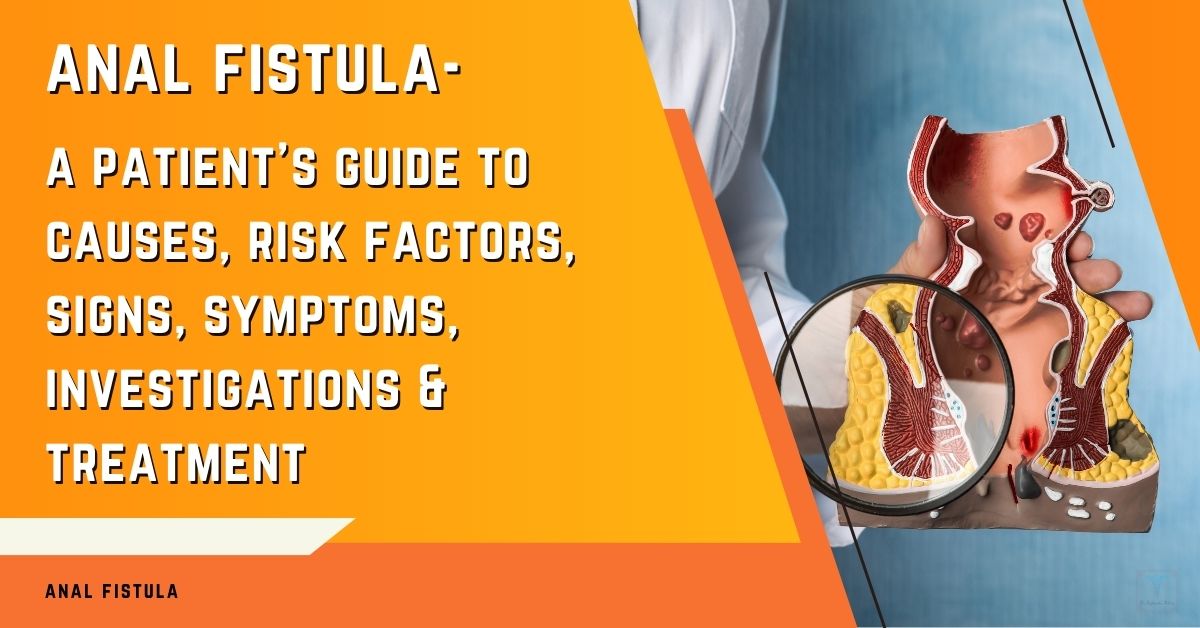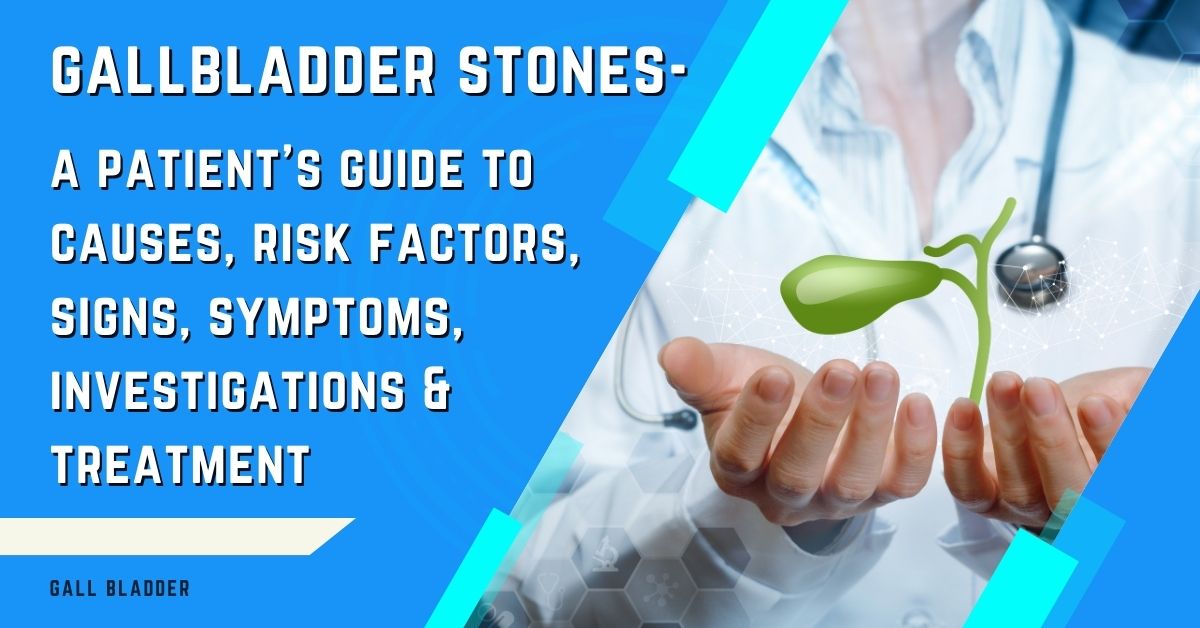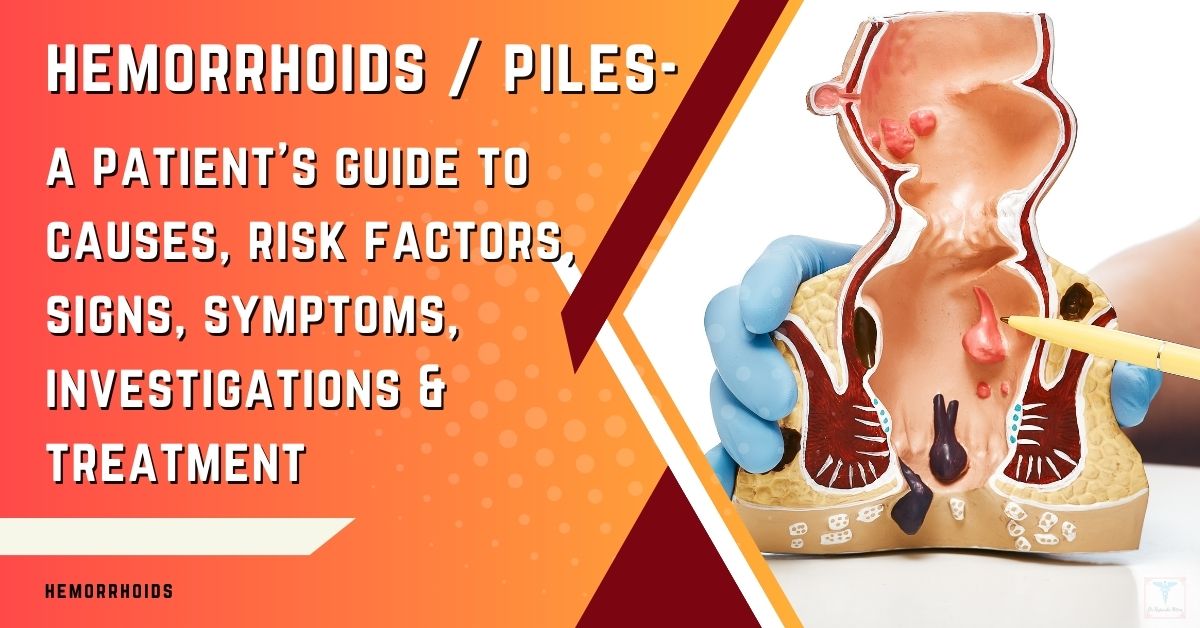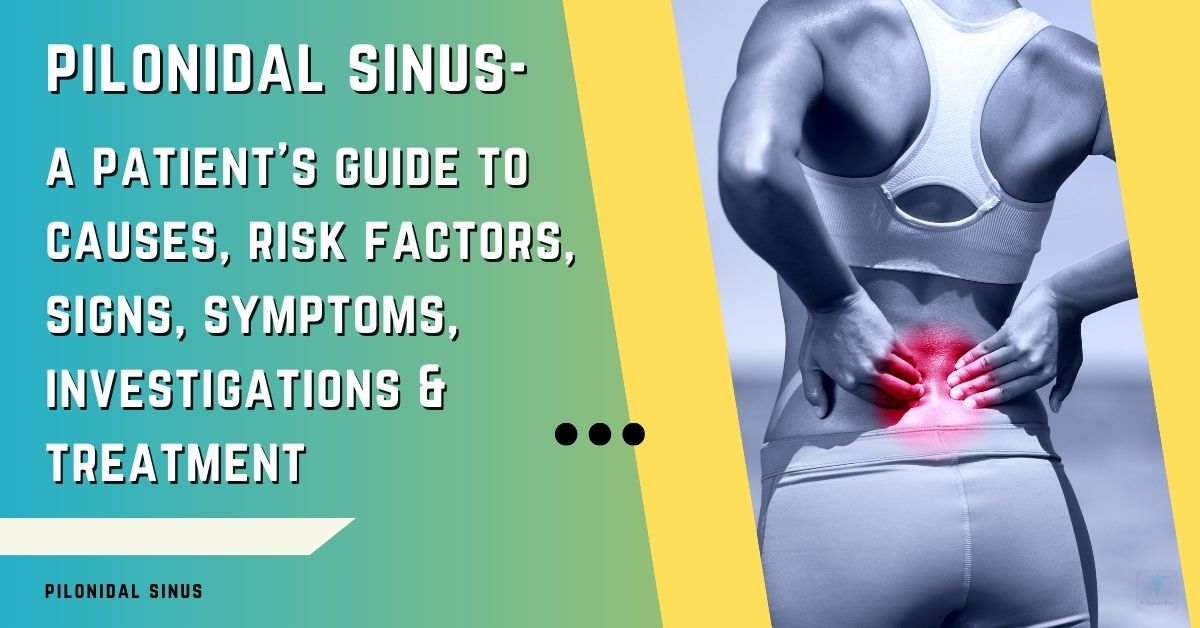Are you experiencing discomfort or unusual symptoms that you suspect might be related to your gallbladder? Recognizing the early signs of gallbladder disease is crucial for preventing serious complications.
As a laparoscopic surgeon with over 20 years of experience, I, Dr. Rajarshi Mitra, FACS, understand the importance of timely intervention. This article will walk you through the key warning signs to watch for, from abdominal pain and digestive issues to jaundice and other less common indicators.
By writing this comprehensive guide, my goal is that you be equipped with the knowledge to understand your symptoms, identify potential risks, and know when to seek expert medical advice.
Understanding the Gallbladder and Its Function
What is the Gallbladder?
The gallbladder is a small, pear-shaped organ located beneath your liver in the upper right quadrant of your abdomen. It is an integral part of your digestive system, although many people are unaware of its existence until problems arise. It is a hollow, muscular sac whose primary function is to store and concentrate bile, a fluid produced by the liver.
While not a vital organ in itself, the gallbladder plays a crucial supporting role in the digestive process, and its dysfunction can lead to noticeable and sometimes severe health issues.
The Gallbladder’s Role in Digestion
The liver constantly produces bile, which is essential for the digestion and absorption of fats. Bile is composed of water, cholesterol, bile salts, and bilirubin. The gallbladder serves as a reservoir for this bile, storing it between meals.
When you consume a meal, particularly one high in fat, the gallbladder contracts and releases the concentrated bile into the small intestine. This released bile aids in breaking down dietary fats into smaller components that the body can easily absorb.
In essence, the gallbladder ensures that an adequate amount of bile is readily available whenever it is needed in the digestive process. Without a properly functioning gallbladder, fat digestion becomes less efficient, leading to various symptoms and potential health problems.
Why Early Detection of Gallbladder Problems is Crucial
Progression of Gallbladder Disease
Gallbladder problems often begin subtly and may not be immediately noticeable. These issues can range from the formation of small gallstones to inflammation of the gallbladder (cholecystitis) or even blockage of the bile ducts.
If left unaddressed, these conditions can gradually worsen, leading to more serious complications. What begins as occasional discomfort can escalate into intense pain, infection, or other systemic problems. The progression can vary among individuals, making early detection and intervention all the more important.
The Importance of Timely Intervention
Early detection of gallbladder issues is paramount because it provides an opportunity to manage the problem before it becomes more complex and difficult to treat. Timely intervention can help to prevent the need for more extensive medical treatments, including emergency surgical procedures.
Early diagnosis often allows for a wider range of treatment options, including conservative methods that may not be viable in later stages. Recognizing the early warning signs enables you to seek timely professional medical advice, leading to a better outcome and a quicker recovery.
Complications of Untreated Gallbladder Issues
Untreated gallbladder problems can lead to a range of serious complications, some of which can be life-threatening.
These complications may include:
Acute Cholecystitis:
Severe inflammation of the gallbladder, often caused by gallstones, that can lead to severe pain, fever, and infection.
Chronic Cholecystitis:
Long-term inflammation that can cause the gallbladder to become thick and scarred, impacting its function.
Choledocholithiasis:
When gallstones move into and block the bile ducts, causing jaundice, pain, and potentially serious infections.
Pancreatitis:
Blockage of the common bile duct can lead to inflammation of the pancreas, causing severe abdominal pain.
Gallbladder Cancer:
While rare, chronic gallbladder inflammation can increase the risk of developing gallbladder cancer.
These potential complications highlight the importance of addressing gallbladder symptoms as early as possible.
Early Warning Signs of Gallbladder Problems

Abdominal Pain: A Key Indicator
Abdominal pain is one of the most common and significant early warning signs of gallbladder problems. The pain associated with gallbladder issues often has specific characteristics that can help in identifying the source. It is essential to pay attention to the location, type, and duration of pain. This pain is often referred to as biliary colic and may be intermittent or continuous.
Location and Type of Pain
The pain from gallbladder problems is usually felt in the upper right quadrant of the abdomen, just below the rib cage. However, it can sometimes radiate to the upper middle abdomen or even the back. This pain is often described as a dull ache, a sharp, cramping sensation, or a pressure-like feeling. It can vary in intensity, from mild discomfort to severe, excruciating pain.
The pain may increase after meals, particularly those rich in fats, as the gallbladder contracts to release bile. This increase in pain after meals is a strong indicator of gallbladder involvement.
When to Seek Immediate Medical Attention
While mild abdominal discomfort may not always be a cause for alarm, severe or persistent pain, especially if accompanied by other symptoms, warrants immediate medical attention. You should seek professional medical help immediately if you experience:
- Intense pain that does not subside with over-the-counter pain relief.
- Pain that is accompanied by fever or chills.
- Pain that makes you double over or unable to find a comfortable position.
- Pain that lasts for several hours.
- Any pain accompanied by jaundice.
These symptoms could indicate serious complications that require prompt medical evaluation and treatment.
Digestive Issues: Beyond Normal Discomfort
Beyond pain, gallbladder problems can manifest as various digestive issues. While occasional digestive discomfort is common, persistent or unusual symptoms should raise suspicion of a possible gallbladder problem.
Nausea and Vomiting
Nausea and vomiting are common symptoms associated with gallbladder dysfunction. When the gallbladder is inflamed or blocked, the digestive process is disrupted.
The discomfort and pain can lead to nausea, and, in some cases, the body may attempt to expel stomach contents through vomiting. These symptoms may be intermittent and can occur after meals, particularly fatty ones.
Indigestion and Bloating
Persistent indigestion, bloating, and a feeling of fullness or discomfort in the upper abdomen after eating can be signs of gallbladder problems. The gallbladder’s role in fat digestion means that when it’s not functioning properly, fats are not processed effectively, leading to these symptoms.
Patients may experience excessive gas, belching, and a general sense of discomfort in their digestive system. These symptoms can be easily mistaken for other digestive issues, but their persistence should prompt further investigation.
Changes in Bowel Habits
Changes in bowel habits, such as light-colored stools or diarrhea, can also be associated with gallbladder issues. Because bile provides the characteristic color to stool, a blockage in the bile ducts or inefficient bile production can cause the stool to become pale or clay-colored.
Conversely, some people may experience frequent diarrhea, indicating an imbalance in the digestive system due to bile dysfunction. While other conditions can also cause these symptoms, their presence along with other gallbladder-related symptoms should prompt further evaluation.
Jaundice: A Yellowish Tint
Jaundice is a condition characterized by the yellowing of the skin and the whites of the eyes. It is a sign that there is a buildup of bilirubin in the blood, a pigment found in bile. Jaundice is a serious symptom that usually signifies a significant problem with the liver, gallbladder, or bile ducts.
Recognizing Jaundice
Jaundice is typically easy to recognize. The first sign is often a yellow tint to the whites of the eyes. As the condition progresses, the skin may also start to appear yellow. Jaundice can be subtle at first, so it’s important to be vigilant and monitor any changes in skin or eye color.
Why Jaundice Indicates a Problem
Jaundice indicates a blockage in the bile ducts, which can occur due to gallstones or other conditions that interfere with normal bile flow. When bile cannot flow properly from the liver to the intestine, bilirubin accumulates in the bloodstream, leading to jaundice. Jaundice is a serious symptom and requires immediate medical attention to determine the cause and begin treatment.
Other Less Common Early Signs
While the above symptoms are the most common, there are other, less frequent early signs of gallbladder problems. These less common signs can still provide clues to a potential gallbladder issue.
Fever and Chills
Fever and chills can indicate an infection in the gallbladder or bile ducts. This is often a sign of acute cholecystitis or cholangitis, which are serious conditions requiring immediate treatment. The presence of fever, with or without chills, along with other gallbladder symptoms, is an indication for prompt medical evaluation.
Changes in Urine or Stool Color
As previously mentioned, changes in stool color can be an indicator of gallbladder dysfunction, leading to light-colored or clay-colored stools. Similarly, dark-colored urine may be another sign of a blockage in the bile ducts. The build-up of bilirubin can cause the urine to become darker than normal. These color changes occur due to the impaired processing and elimination of bile.
Pain Radiating to the Back or Shoulder
Gallbladder pain can sometimes radiate to the back or the right shoulder. This occurs because of the way pain signals are transmitted by the nerves in the abdomen.
Referred pain is common in gallbladder disorders and can be experienced anywhere from the back near the right shoulder blade to the right shoulder itself. While this symptom is not as common as others, it is important to consider it as a possible sign of gallbladder problems, especially if it occurs along with other symptoms.
You can read more about the various symptoms of gallbladder issues on the National Institute of Diabetes and Digestive and Kidney Diseases (NIDDK) website.
Risk Factors for Gallbladder Disease

Factors Increasing Your Risk
Several factors can increase an individual’s risk of developing gallbladder disease. Understanding these risk factors can help in identifying those who may be more susceptible and encourage preventative measures.
Age and Gender
Age and gender play significant roles in the development of gallbladder problems. Women are more likely to develop gallstones and other gallbladder issues compared to men.
The risk of developing gallbladder problems also increases with age, particularly after the age of 40. The higher prevalence in women is often attributed to hormonal fluctuations, especially during pregnancy and with the use of hormone replacement therapy.
Diet and Obesity
Diet and lifestyle choices significantly impact gallbladder health. A diet high in fat, cholesterol, and refined carbohydrates is associated with an increased risk of gallstone formation.
Obesity, particularly abdominal obesity, is another major risk factor for gallbladder disease. Excess weight can lead to increased cholesterol levels in bile and decreased gallbladder function, predisposing individuals to gallstone formation.
You can find out more about the relationship between diet and gallbladder health on the Mayo Clinic’s page about gallstones.
Family History and Genetics
A family history of gallbladder disease increases an individual’s risk. Genetic factors play a role in how the body processes cholesterol and bile. If close family members, such as parents or siblings, have a history of gallstones or other gallbladder problems, one’s likelihood of developing similar conditions is elevated.
Other Medical Conditions
Certain medical conditions can also increase the risk of gallbladder issues:
- Diabetes: People with diabetes tend to have higher triglyceride levels and lower HDL (good) cholesterol levels, which may contribute to the formation of gallstones.
- Rapid Weight Loss: Rapid weight loss, particularly through very low-calorie diets or bariatric surgery, can increase the risk of gallstones. This occurs because the liver releases more cholesterol into the bile when significant weight loss occurs.
- Certain Medications: Some medications, such as certain types of cholesterol-lowering drugs and hormone replacement therapies, can increase the risk of gallstones.
- Crohn’s Disease: This inflammatory bowel disease can affect the absorption of bile acids, which can predispose individuals to gallstone development.
When to Seek Professional Medical Advice
Specific Symptoms That Require Immediate Attention
While some symptoms of gallbladder problems may be mild and intermittent, certain symptoms should prompt immediate medical consultation.
These symptoms include:
- Severe abdominal pain, particularly in the upper right quadrant, that lasts for more than a few hours.
- Abdominal pain accompanied by fever or chills.
- Jaundice (yellowing of the skin and whites of the eyes).
- Persistent nausea and vomiting.
- Changes in stool color (pale or clay-colored stools) or dark-colored urine.
- Severe bloating or discomfort after meals that is not relieved by over-the-counter medications.
If you experience any of these symptoms, it is imperative to seek medical attention immediately for proper diagnosis and treatment.
The Importance of a Proper Diagnosis
Seeking a proper diagnosis is crucial because gallbladder problems can mimic other conditions. Self-diagnosing can lead to delays in treatment and potential complications.
A medical evaluation by a qualified healthcare provider will help in accurately identifying the cause of your symptoms. Proper diagnosis helps guide appropriate treatment strategies, be it lifestyle modifications, medication, or surgical intervention.
How Gallbladder Problems Are Diagnosed
Diagnosing gallbladder problems typically involves a combination of:
- Physical Examination:
Doctors will perform a thorough physical exam, looking for signs such as tenderness in the upper right abdomen.
- Blood Tests:
Blood tests are conducted to check for signs of infection or elevated bilirubin levels, which can indicate gallbladder or bile duct problems.
- Imaging Tests:
- Abdominal Ultrasound: This is the primary imaging technique used to visualize the gallbladder and identify gallstones.
- CT Scan: Computed tomography (CT) scans may be used to provide more detailed images of the gallbladder and surrounding organs.
- HIDA Scan (Hepatobiliary Iminodiacetic Acid Scan): This test measures the gallbladder’s function and can identify blockages in the bile ducts.
- Endoscopic Ultrasound (EUS): This advanced imaging technique can provide detailed images of the bile ducts and pancreas, often used when other tests are inconclusive.
You can learn more about these diagnostic procedures on the Johns Hopkins Medicine website.
How can a Laparoscopic Surgeon Help?
As a laparoscopic surgeon, I specialize in minimally invasive surgical procedures for gallbladder issues.
If your condition requires surgery, a laparoscopic cholecystectomy is often the preferred approach. This procedure involves removing the gallbladder through small incisions, leading to less pain, minimal scarring, and a faster recovery than traditional open surgery.
I assess each patient’s condition thoroughly and recommend the most appropriate treatment plan.
Treatment Options for Gallbladder Problems
Conservative Management
Conservative management for gallbladder problems may involve dietary changes, pain management, and medication. This approach is often suitable for mild or early-stage conditions.
Dietary modifications involve reducing fatty foods, increasing fiber intake, and staying hydrated. Pain management may include over-the-counter or prescription pain relievers. Medications, such as ursodiol, may be prescribed to dissolve small gallstones in some cases.
Surgical Options: When is Surgery Necessary
Surgical intervention, particularly a cholecystectomy (gallbladder removal), is usually recommended when conservative treatments fail or if the individual experiences severe or recurrent symptoms.
Surgery is often recommended in cases of acute or chronic cholecystitis, large gallstones, or when complications arise, such as pancreatitis or bile duct obstruction.
Laparoscopic Cholecystectomy: My Approach
Laparoscopic cholecystectomy is a minimally invasive surgical procedure where the gallbladder is removed through small incisions using specialized instruments and a camera. This approach typically results in minimal scarring, less postoperative pain, and a faster recovery compared to traditional open surgery.
As a laparoscopic surgeon with extensive experience, I ensure that the procedure is performed with precision and care to optimize patient outcomes.
You can read more about laparoscopic cholecystectomy on the American College of Surgeons website.
Post-Treatment and Recovery
Post-treatment and recovery depend on the type of intervention utilized. Following conservative management, patients typically need to adhere to dietary changes and medication schedules.
Post-surgery recovery from a laparoscopic cholecystectomy is usually quick, with most patients able to return to their normal activities within a week or two. The post-operative care will typically involve pain medication, wound care instructions, and follow-up appointments to ensure proper healing and recovery.
Prevention Strategies
Lifestyle Modifications to Reduce Risk

Preventative measures are crucial to reduce the risk of gallbladder problems. Modifying lifestyle choices, especially diet and exercise, plays a crucial role.
Diet and Nutrition Tips
Adopting a balanced diet low in saturated fats and cholesterol can significantly lower the risk of developing gallstones and other gallbladder issues.
Focus on:
- Including plenty of fruits, vegetables, and whole grains.
- Limiting consumption of processed and fried foods.
- Choosing lean proteins.
- Increasing fiber intake, which can aid digestion and prevent cholesterol buildup in the gallbladder.
- Maintaining adequate hydration by drinking plenty of water throughout the day.
Maintaining a Healthy Weight
Maintaining a healthy weight is key to preventing gallbladder problems. Obesity and excess abdominal fat are significant risk factors. Regular exercise, along with a balanced diet, can help achieve and maintain a healthy weight, thereby reducing your risk. A combination of cardiovascular exercises and strength training is often the most effective.
Conclusion: Taking Charge of Your Gallbladder Health
Understanding the early warning signs of gallbladder problems is vital for maintaining your health. Early recognition of symptoms, knowing the risk factors, and seeking prompt medical advice can lead to timely interventions and a better outcome. While gallbladder issues can be concerning, taking proactive steps towards prevention and management can significantly improve your health and wellbeing.
If you experience any concerning symptoms, do not hesitate to consult with a healthcare professional for thorough evaluation and appropriate treatment.
As a laparoscopic surgeon, I am here to provide you with expert advice and care to manage any gallbladder issues effectively.
Contact Details and Practice Information
If you are experiencing symptoms of gallbladder issues, you can book an appointment with Dr. Mitra for expert consultation and care, using the following contact information:
Website: https://drrajarshimitra.com/appointment/
Phone: +971-509542791
Email: surgeon@drrajarshimitra.com
Address: https://openmylink.in/CAubp
NMC Specialty Hospital, Department of Surgery, Zayed The First St – Zone 1 – Abu Dhabi – United Arab Emirates.
By Dr. Rajarshi Mitra, Specialist Laparoscopic Surgeon, Abu Dhabi, UAE
Disclaimer: This article is intended for informational purposes only and should not be considered medical advice. Always consult with a qualified healthcare professional for diagnosis and treatment.
References:
